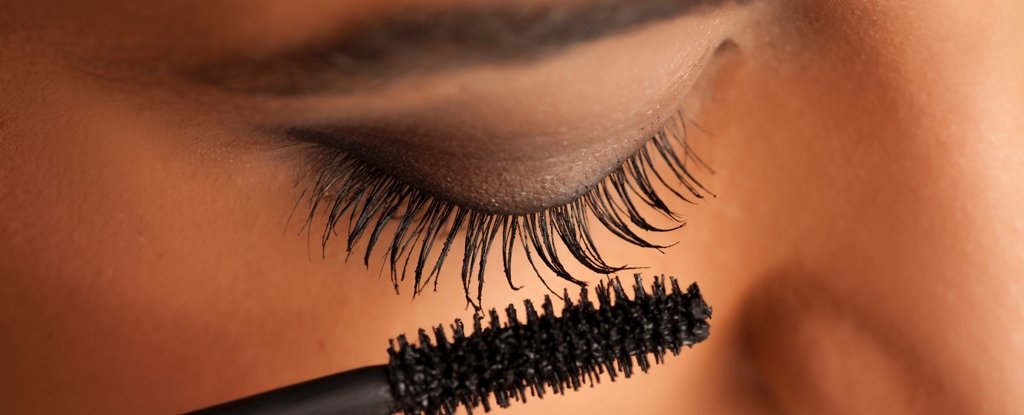From non-stick frying pans to stain-resistant sofas, some of the most innovative everyday products are made using chemicals known as per- and polyfluoroalkyl substances (PFAS).
These “forever chemicals” – so-called because they don’t degrade – have been used in a variety of consumer and commercial applications since the 1950s. They can repel water and oil, resist high temperatures and act as “surfactants” by helping different types of liquids mix.
There are around 15,000 different PFAS chemicals. Each one has a slightly different chemical composition, but they all have at least two carbon-fluorine bonds.
These extremely strong bonds mean that PFAS don’t readily break down. So the bond that affords PFAS some of its unique characteristics also causes them to build up and persist in our bodies and the environment for decades.
In 2020 alone, sales of fluoropolymers (a sub-group of PFAS) exceeded 39,000 metric tonnes in Europe alone. With enormous volumes of PFAS continually entering the world, these extremely persistent chemicals don’t get the chance to degrade before more are added.
Unsurprisingly, it gets everywhere, from rainwater and snow through to soil and groundwater. As a result, PFAS has built up in the food chain and in humans.
It’s impossible to avoid PFAS exposure entirely – they are pretty much everywhere. But you can substantially reduce your exposure by avoiding contact with items directly treated with non-essential PFAS and opting for PFAS-free alternatives wherever possible.
Here are four types of products to look out for.
1. Stain-resistant textiles
Carpets, sofas, cars – these are all places we spend a lot of time, and if the fabric we are in contact with has been treated with PFAS, this represents an opportunity for exposure.
People can be exposed to PFAS through ingesting dust that has been in contact with these products as well as through direct contact and absorption through the skin.
Traditionally, stain-proofing products have contained at least one PFAS, including the now banned perfluorooctane sulphonic acid (PFOS) or perfluorohexanesulphonic Acid (PFHxS), or another similarly structured PFAS.
When buying carpets and sofas, save money and don’t take out the additional stain-proofing option unless there is a guaranteed PFAS-free option.
2. Food packaging and cookware
PFAS are used to make takeaway boxes, greaseproof paper, plastic containers and even disposable plates and bowls. Avoiding takeaways and disposable packaging will probably reduce your exposure to PFAS.
If you like to batch cook or make packed lunches for your kids, try to use reusable containers that are stated to be PFAS-free on the label.
PFAS is also found in lots of non-stick cookware. As these are heated up, become scratched or the surface starts to wear, PFAS can migrate from the pan and into the food being prepared.
It makes no sense to dispose of all your pots and pans immediately, but once the non-stick coating starts flaking, replace them with PFAS-free options such as ceramic, stainless steel or cast iron.
3. Outdoor clothing
PFAS have been used to provide waterproofing properties to outdoor clothing such as coats, gloves and trousers. But studies have shown that they do not stay in the treated products and slowly migrate out over time.
Many brands, including Patagonia, The North Face and Columbia, now make PFAS-free options (check labels for more information). If you are re-treating an old item that has lost its waterproofing properties, make sure you check to see that it is PFAS-free. Nikwax TX and Grangers Performance Repel Plus both state they are PFAS free.
4. Cosmetics
PFAS are routinely used in cosmetics, including foundations, concealers, blemish balms, lip liners as well as cleansers, hair and shaving products. This is concerning as a recent study shows that cosmetics can sometimes increase the ability of PFAS to pass through the barrier of human skin and into the human body.
Some brands offer PFAS-free products, including H&M and Sephora, but many major brands are still producing cosmetics containing PFAS.
Proceed with caution
There is still a huge amount unknown about the toxic effects of PFAS. There are so many variations, some probably cause very little harm and are not particularly persistent. Others are the opposite.
Some PFAS are potentially toxic to humans with some links to cancers, brain development and reproductive problems, hormone disruption, diabetes and obesity.
Animals are susceptible to the toxic effects of PFAS. Their presence in oceans can interfere with the ocean’s carbon cycle by interfering with various processes including reducing photosynthesis.
This in turn can lead to increased greenhouse gas emissions and a subsequent contribution towards climate change.
PFAS as a class should be treated with far more caution than they have been up to now. The most well-studied PFAS (including PFOS, PFHxS and another called perfluorooctanoic acid or PFOA) are now-banned globally under the UN Stockholm Convention, while bans are being considered for several other PFAS.
The PFAS-contaminated waste management industry is estimated to be worth US$2 billion (£1.57 billion) but remediation isn’t an easy option. PFAS would most likely breakdown during energy recovery incineration due to its extremely high temperatures, but this is not ideal as it prevents recycling and reuse of valuable materials.
The US has recently implemented nationwide drinking water limits, while the UK has no statutory limits. In 2022, the Drinking Water Inspectorate – the water quality regulator in England and Wales – released guidance on safe PFAS levels.
These are good first steps but more drastic action is needed to develop chemicals with a better understanding of their safety before mass production. The best way to reduce people’s exposure would be to remove PFAS from the market altogether, but this will take time.
Daniel Drage, Lecturer in Environmental Health, University of Birmingham
This article is republished from The Conversation under a Creative Commons license. Read the original article.





